Is There Such a Thing as Blue Tea? Introducing Butterfly Pea Flower Tea and Its Growing Popularity
When you think about tea, the first colors that probably come to mind are the golden hues of black tea, the green of green tea, or the pale yellow of white tea. But what if we told you there’s a tea that’s… well, blue? Yep, you read that right. There’s actually a tea that turns a vibrant shade of blue when brewed. And no, we’re not talking about some bizarre food coloring or an experimental blend. This tea has a natural, beautifully odd color that comes from a flower. Welcome to the world of butterfly pea flower tea, an enchanting drink that has been gaining global attention.
Now, you might be wondering: Is there really such a thing as blue tea? What’s the deal with butterfly pea flower tea, and why has it been making waves in different parts of the world? Let’s dive into this colorful beverage, explore its cultural significance, and see if it's starting to make a splash in the West.
The Origin of Blue Tea: Butterfly Pea Flower Tea
Butterfly pea flower tea comes from the vibrant, deep blue flowers of the Clitoria ternatea plant, which is native to Southeast Asia. The plant is well-known in countries like Thailand, Malaysia, and Myanmar, where it has been consumed for centuries as a traditional herbal tea. The flowers are small, delicate, and a striking shade of blue—almost like something out of a dream, if dreams were made of petals and natural pigments.
The drink itself, often referred to as nam dok anchan in Thailand, has become a beloved staple in Southeast Asian cultures. Traditionally, the flowers are steeped in hot water, and the result is a beautifully colored tea that’s rich in antioxidants, vitamins, and other health benefits. What sets butterfly pea flower tea apart from other teas, aside from its unusual color, is its ability to change color. When you add something acidic, like a squeeze of lemon, the tea transforms from its bright blue to a stunning shade of purple. It’s like magic in a cup!
The Science Behind the Color
Now, you might be thinking, “Okay, but what makes the tea blue?” Well, it’s all thanks to anthocyanins, which are the pigments responsible for the vibrant blue color of the butterfly pea flower. Anthocyanins are powerful antioxidants that are not only linked to the flower's color but also its health benefits. These antioxidants can help with things like improving memory, promoting skin health, and reducing inflammation.
Interestingly, the tea’s color can also be altered based on the pH level of the liquid. As mentioned earlier, adding something acidic (like lemon or lime) shifts the tea to a purple hue due to the change in the anthocyanins' chemical structure. This color-changing magic has made butterfly pea flower tea a fun and popular drink for those who enjoy a bit of theatrics in their food and beverages.
Regional Popularity: Butterfly Pea Flower Tea in Southeast Asia
Butterfly pea flower tea has long been a staple in Southeast Asian culture. In Thailand, it's often served as a refreshing iced tea or paired with sweetened condensed milk to create a drink called Thai Butterfly Pea Milk Tea. This tea is not only beautiful to look at but also offers a cool, mild flavor that pairs perfectly with the intense heat of the region. It’s also common in Myanmar, where it’s brewed in a similar manner and consumed for its various health benefits.
In addition to being enjoyed as a tea, the flowers of the Clitoria ternatea plant are used in a variety of other ways. For example, in Thailand, butterfly pea flowers are sometimes used in cooking, giving dishes such as rice a striking blue color. In fact, blue rice (or khao anchan) is a traditional dish in Thailand, where the rice is soaked in butterfly pea flower tea to achieve its vivid color.
But it’s not just the color and flavor of the tea that has made butterfly pea flower tea so popular—it’s also valued for its supposed health benefits. For centuries, people in Southeast Asia have turned to this tea for everything from boosting energy and improving vision to promoting hair growth and enhancing skin health. The antioxidants in the tea, as well as its calming properties, are believed to be the key reasons why it has been so widely used in traditional medicine.
The Growing Popularity of Butterfly Pea Flower Tea in the West
While butterfly pea flower tea has been around for centuries in Southeast Asia, it’s only in recent years that it’s started to gain popularity in the Western world. In fact, if you’re asking, "Is blue tea catching on in the West?" the answer is a resounding yes.
Social media platforms like Instagram and Pinterest have played a huge role in spreading the appeal of this vibrant beverage. Foodies, tea enthusiasts, and wellness bloggers have been quick to jump on the bandwagon, showcasing the mesmerizing color-changing effects of the tea and its many health benefits. The hashtag #bluebutterflypea has thousands of posts, making it easy for anyone curious about the tea to learn more and try it for themselves.
The visual appeal of butterfly pea flower tea is definitely one of the main reasons it's catching on in the West. In today’s age of visually driven social media, people are increasingly drawn to food and drinks that are not just tasty but also beautiful. And let’s face it. This tea is a showstopper. Whether you’re sipping it on its own, adding a splash of lemon to make it shift to purple, or using it as a base for creative drinks and cocktails, the color-changing effects make it an Instagram-worthy beverage.
As wellness trends continue to evolve, people in the West are becoming more interested in natural, plant-based options for boosting health and wellness. Butterfly pea flower tea fits right into this trend with its high antioxidant content, its calming effects, and its potential benefits for skin, hair, and memory. Whether it’s enjoyed as a soothing afternoon tea or incorporated into beauty rituals like face masks, this herbal drink is proving to be more than just a passing fad.
How to Buy Butterfly Pea Flower Tea and Incorporate It Into Your Routine
If you’re intrigued by the idea of drinking blue tea (who wouldn’t be?), you might be wondering how to get your hands on some butterfly pea flower tea. The good news is that it’s easier than ever to buy it online or at health food stores, specialty shops, or international markets. Many stores that carry loose leaf teas or herbal teas will have butterfly pea flower tea, either as a standalone option or as part of a blended tea mix. If you're looking to buy coffee or buy coffee table accessories to set the mood for your next teatime, it’s worth browsing online shops that offer both.
But wait, before you go ahead and place your order, here are a few things to keep in mind:
-
Quality Matters: Look for high-quality, organic butterfly pea flowers. Some commercial products might add artificial coloring or flavoring, which could take away from the natural, vibrant experience.
-
Loose Leaf vs. Tea Bags: If you want to get the full experience of brewing this beautiful tea, opt for loose leaf. Loose leaves tend to offer more flavor and aroma than pre-bagged tea. Plus, it’s just more fun to see the flowers unfurl as they steep.
-
Creative Uses: Don’t just stick to traditional brewing methods. Butterfly pea flower tea can be used in various creative ways. You can add it to lemonade for a color-changing drink, mix it into cocktails, or even use it to make natural dyes for food or fabric.
-
Health Benefits: While butterfly pea flower tea is often enjoyed for its visual appeal, it’s also known for its potential health benefits. Drinking this tea regularly may promote better skin health, improve memory, and reduce stress. It’s also caffeine-free, making it a great option for evening relaxation.
The Bottom Line: Is Blue Tea Here to Stay?
So, is blue tea here to stay? It certainly seems that way. Butterfly pea flower tea is carving out its place in both Eastern and Western cultures, thanks to its mesmerizing color, versatility, and potential health benefits. While it may still be a novelty for some, its growing popularity in the West suggests that this vibrant tea is far from a passing trend.
Whether you’re sipping it for its beauty, its health benefits, or simply for the fun of watching it change colors, butterfly pea flower tea offers something that few other teas can: a visual and sensory experience that’s both calming and fascinating. And as more people seek out new ways to incorporate health-boosting drinks into their routines, it’s no surprise that this stunning blue beverage is making waves across the globe.
Next time you’re looking to add something new and exciting to your tea collection (or your Instagram feed), give butterfly pea flower tea a try. It’s blue, it’s beautiful, and it might just become your new favorite drink. Buy coffee tables, mugs and coffee at Cyclonesale.com today for all your needs.



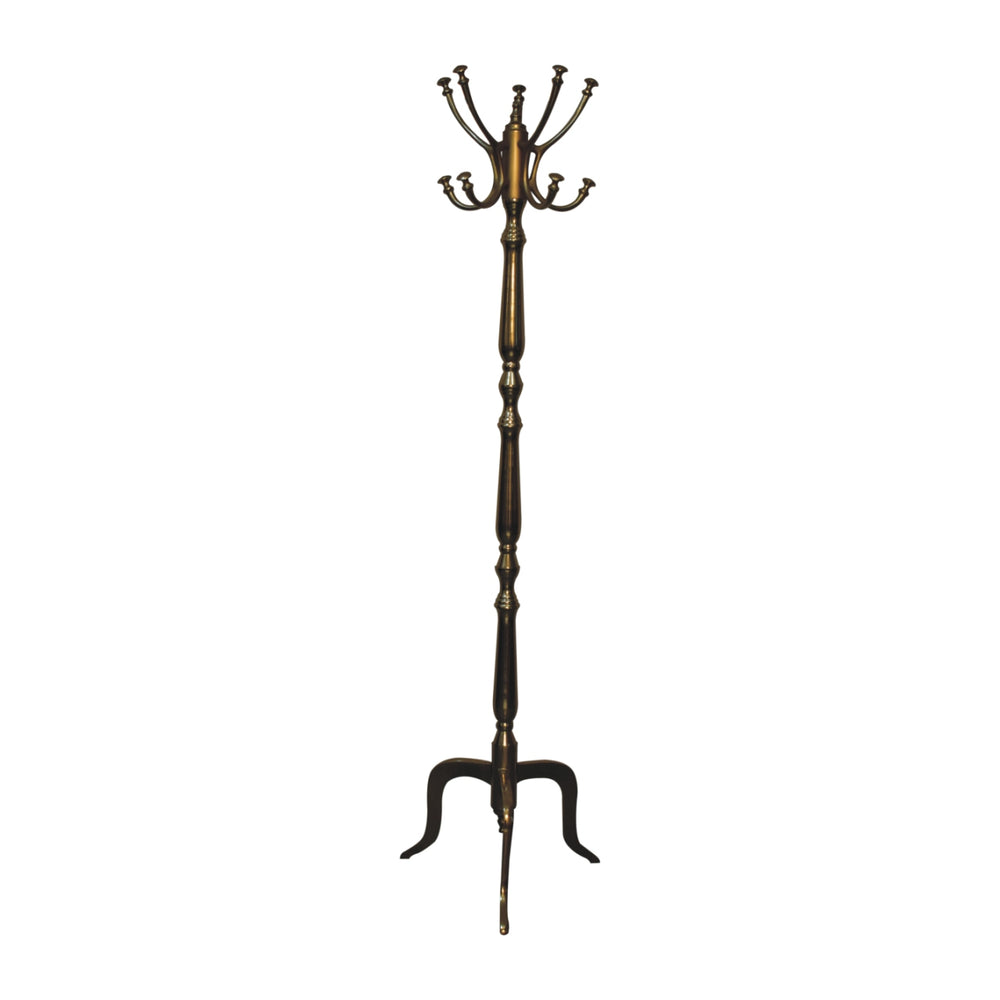
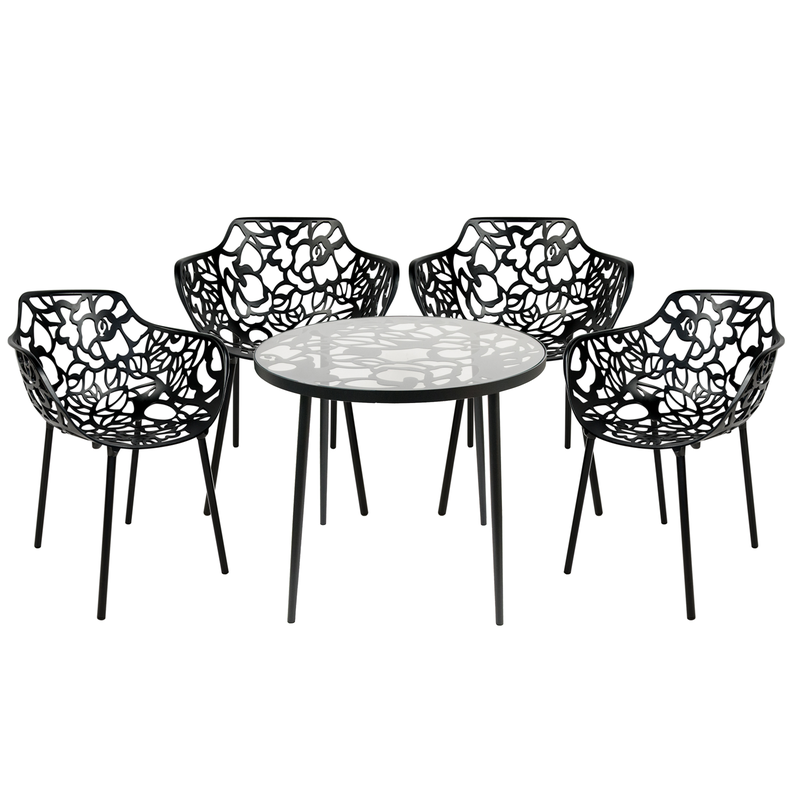



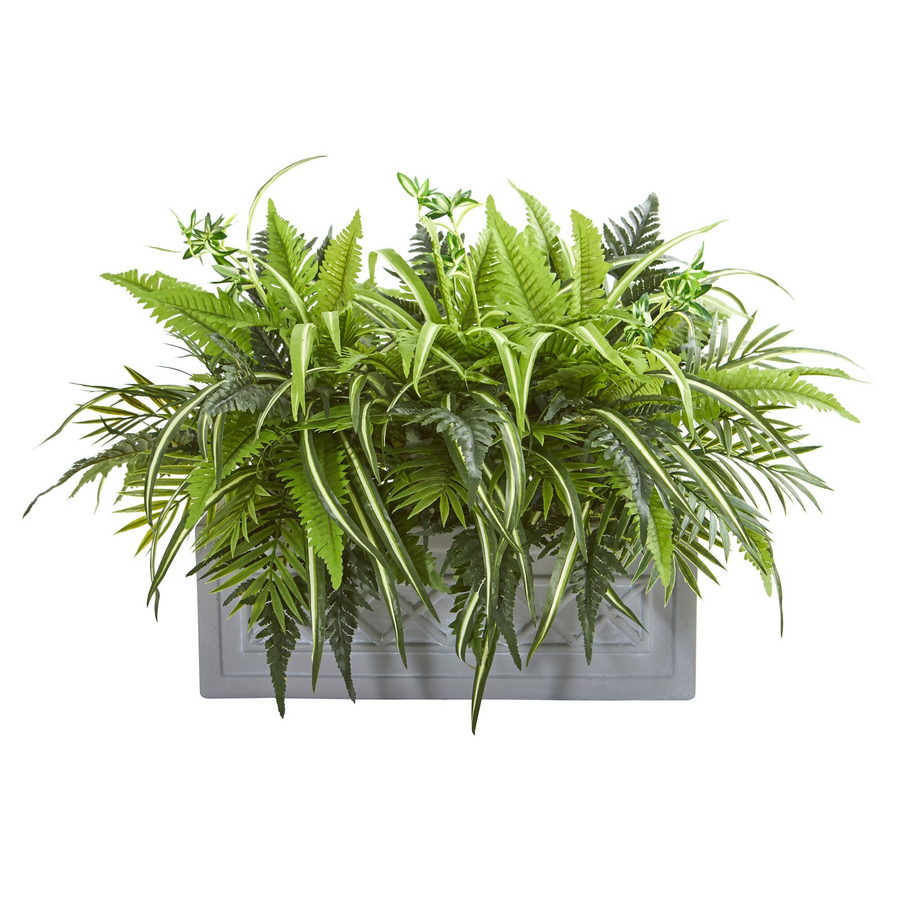

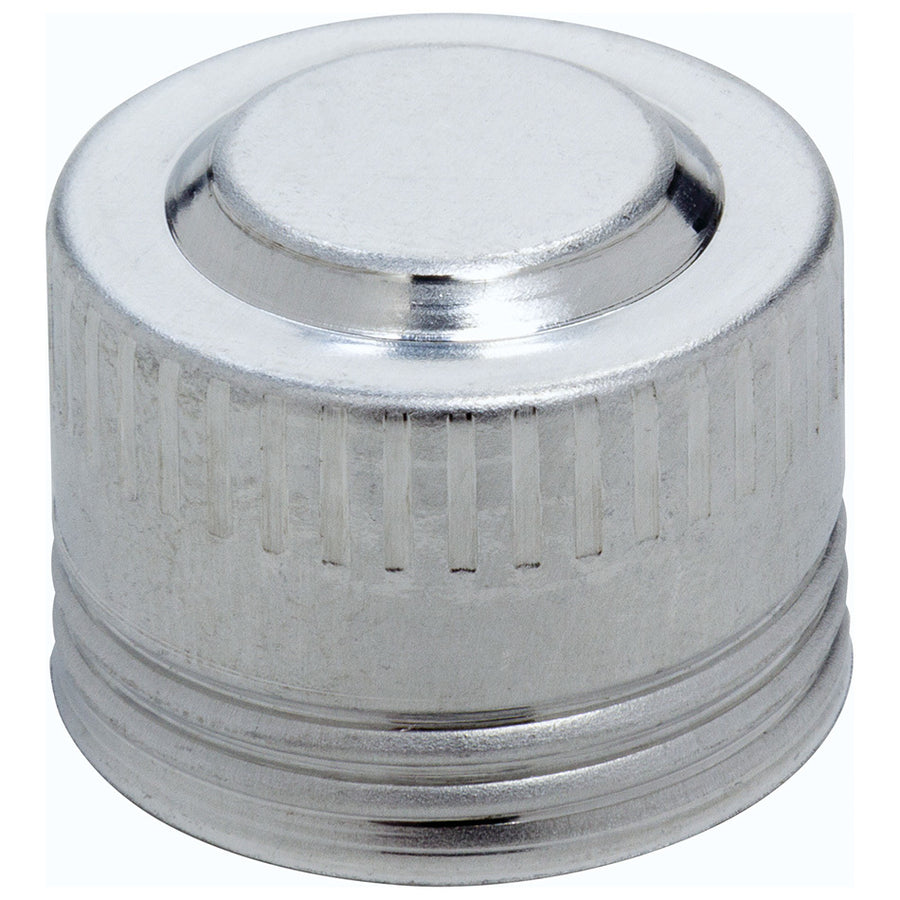
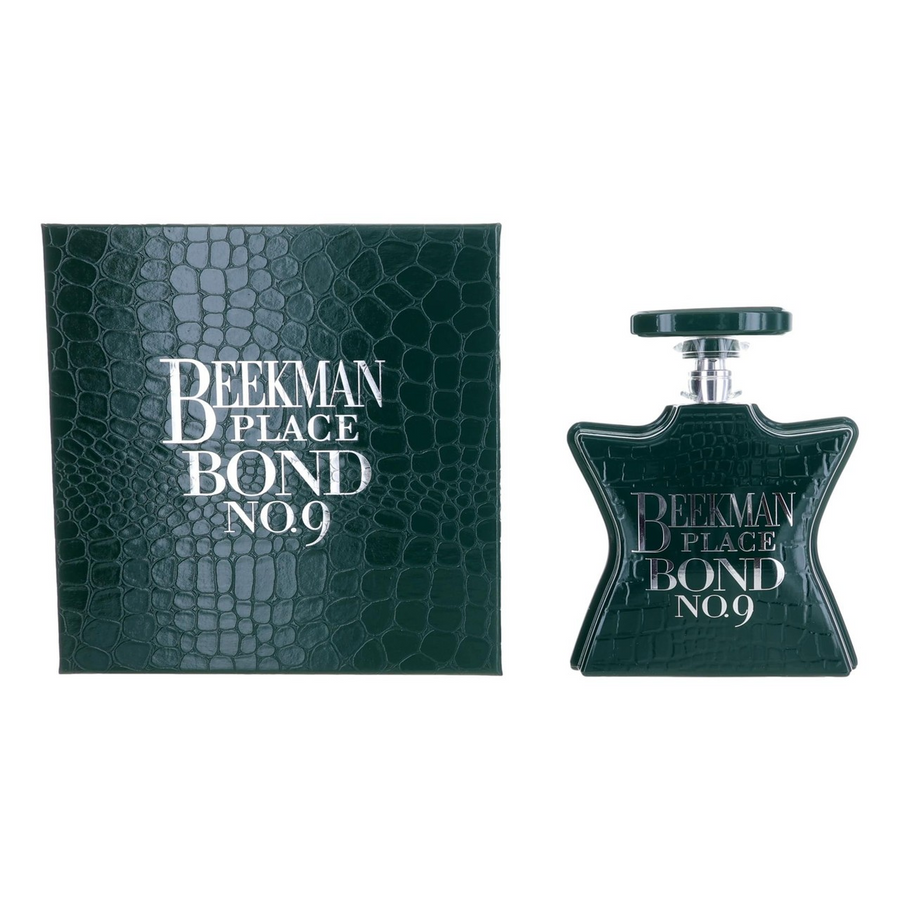



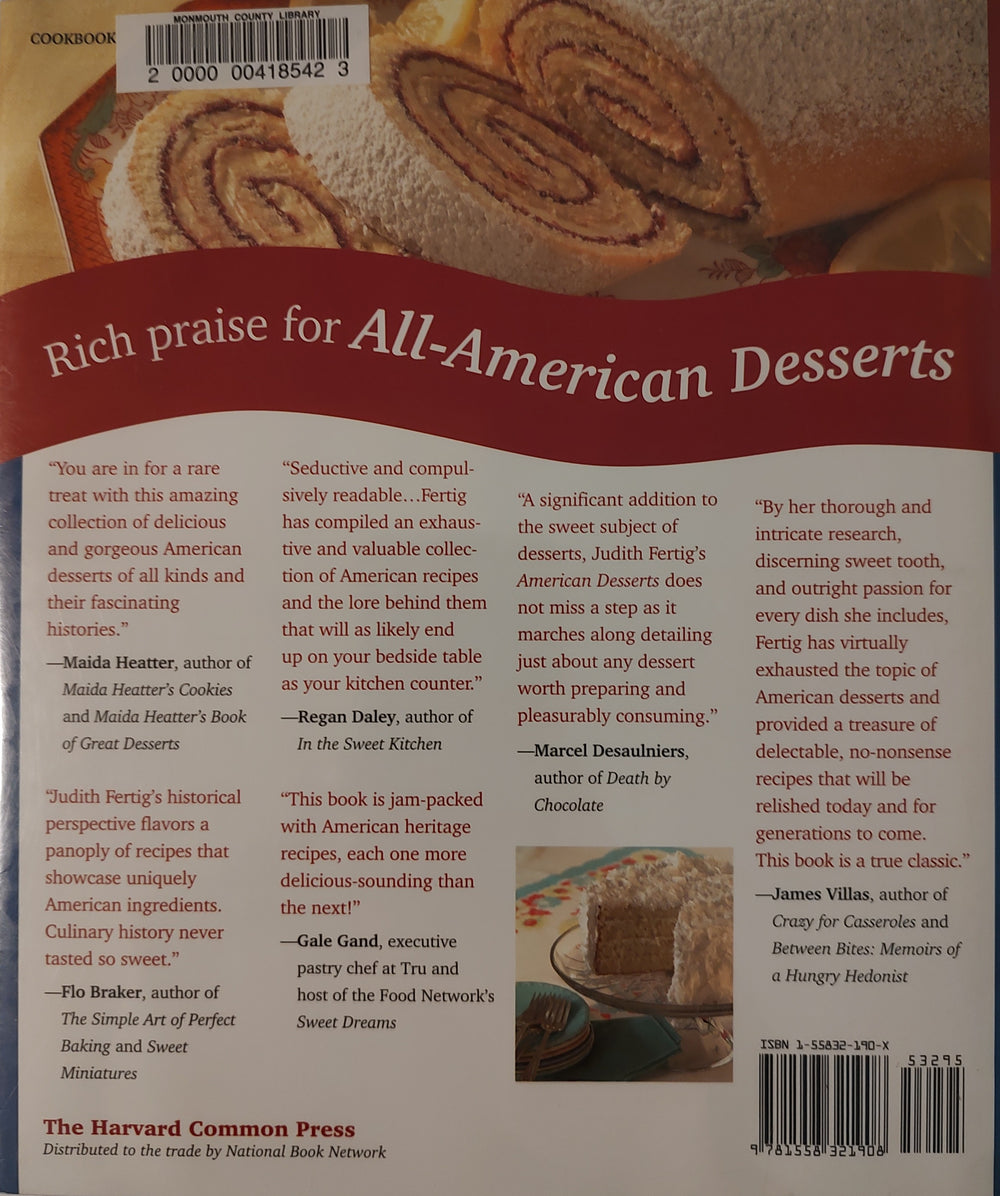


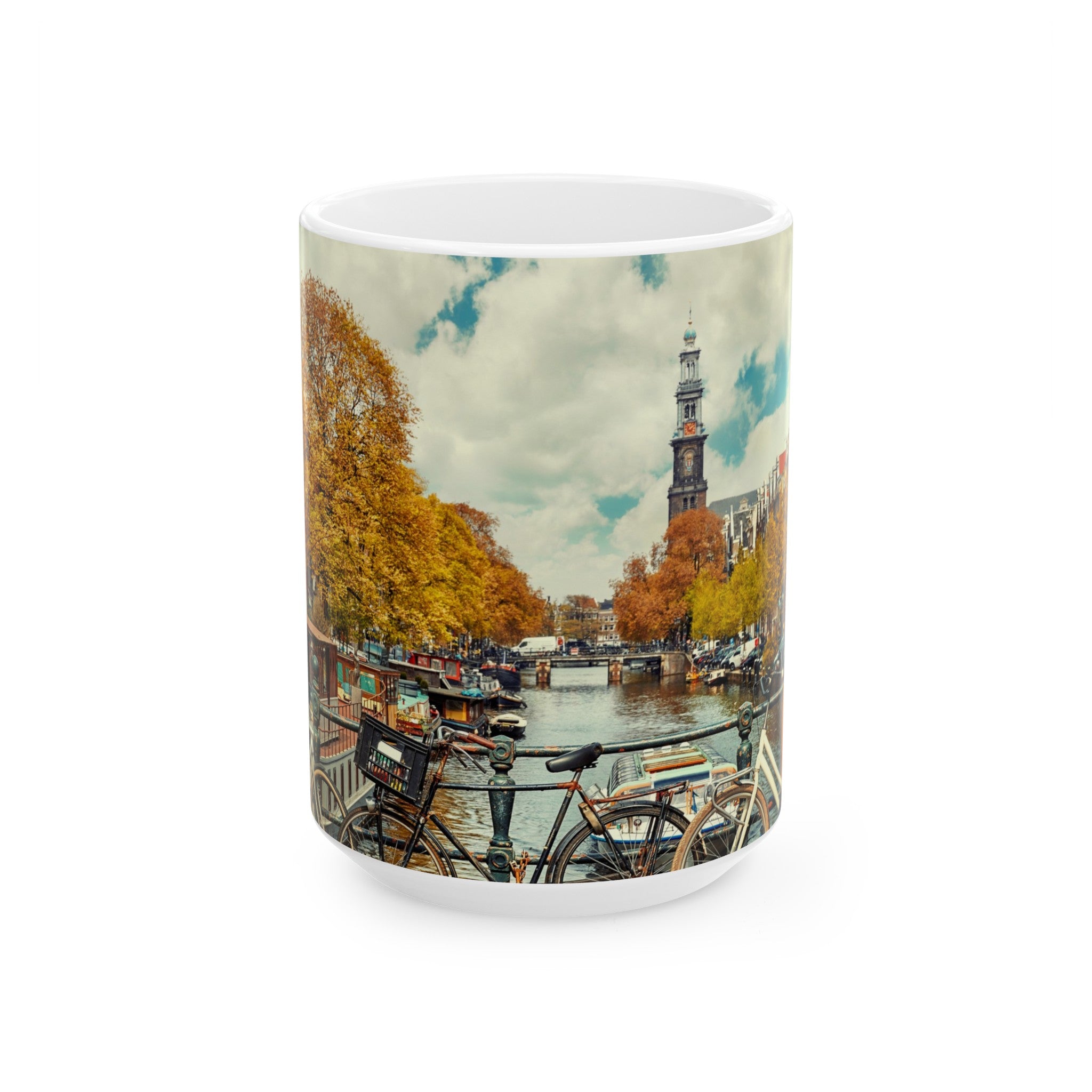



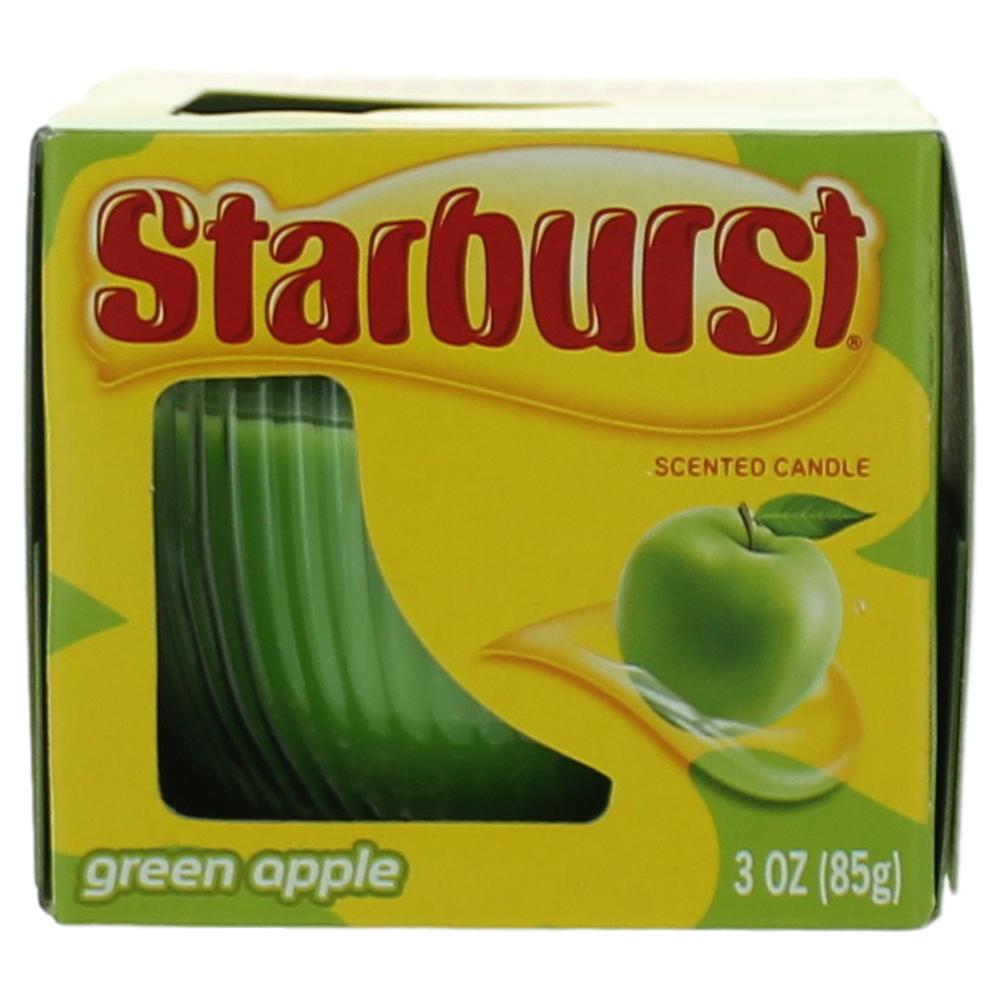


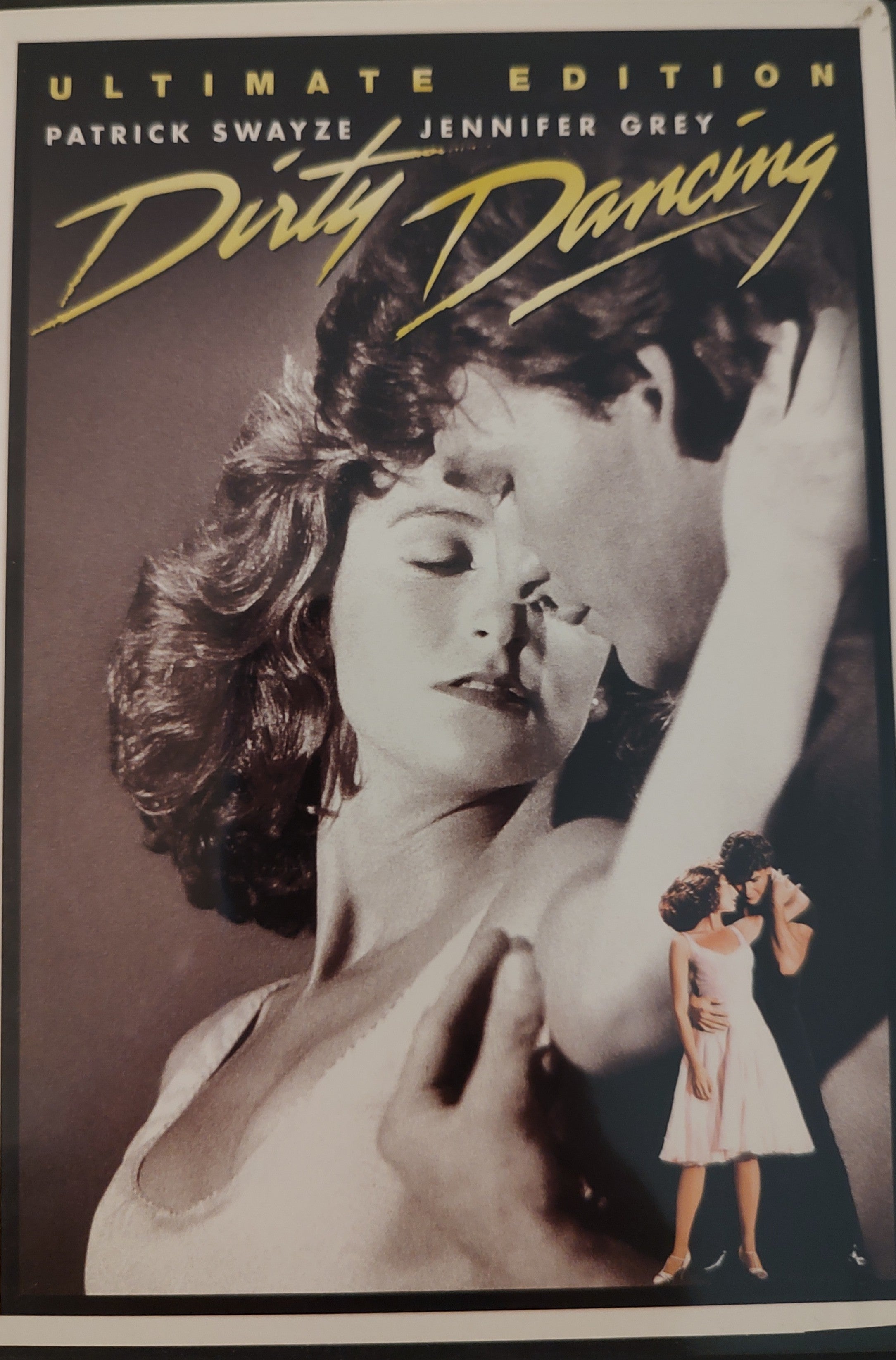







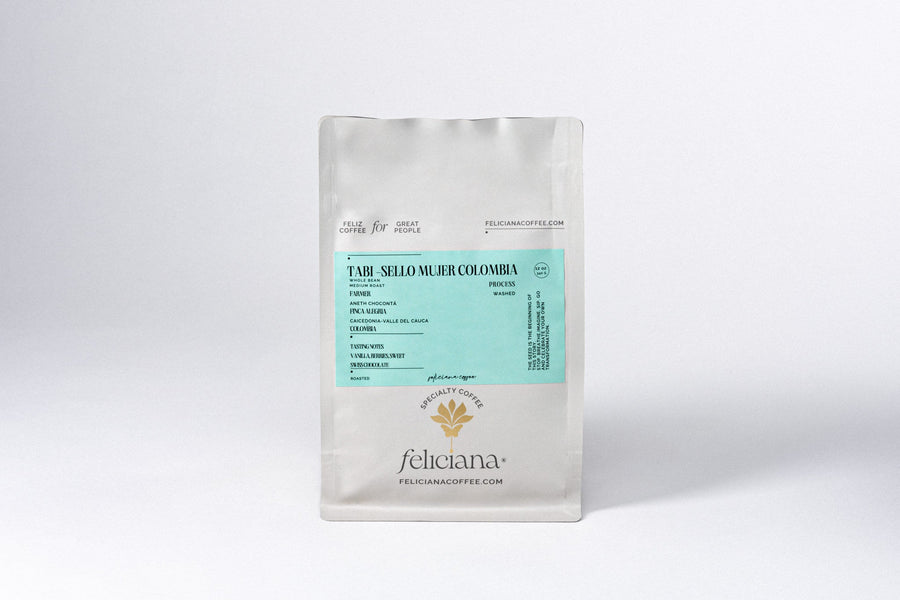
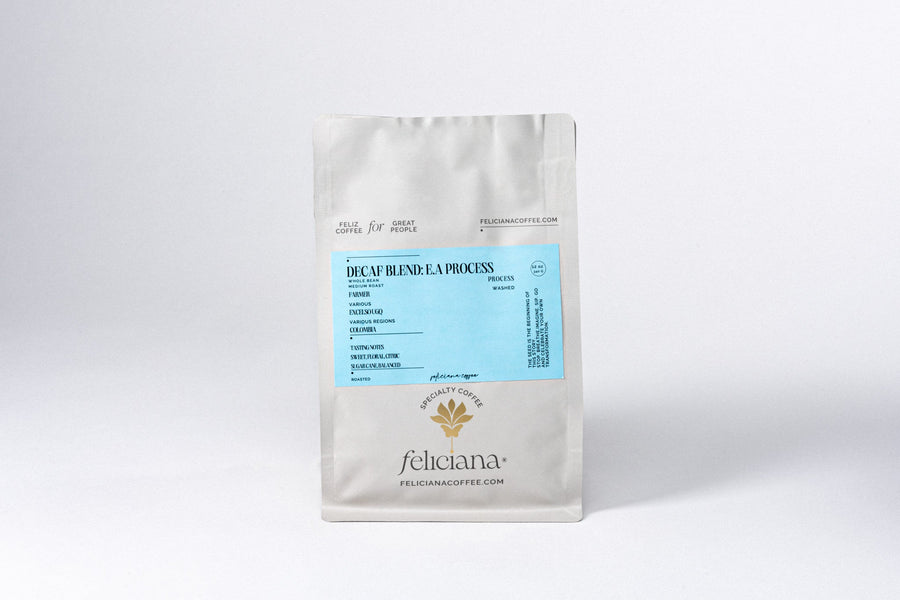
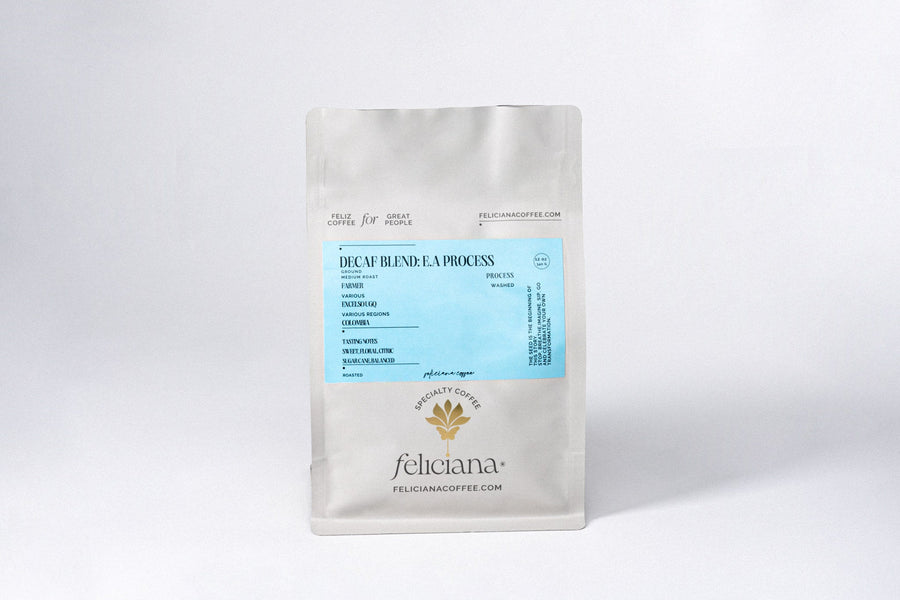
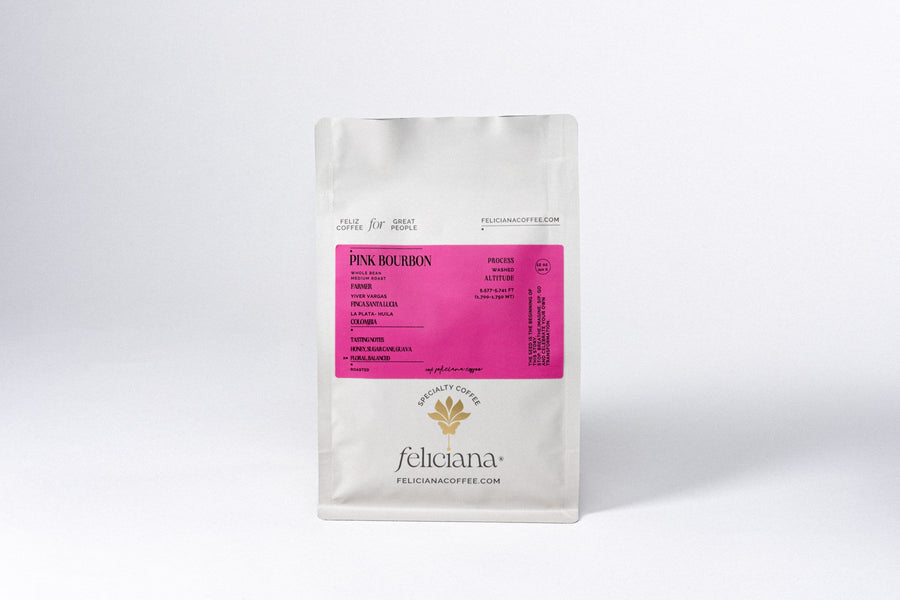
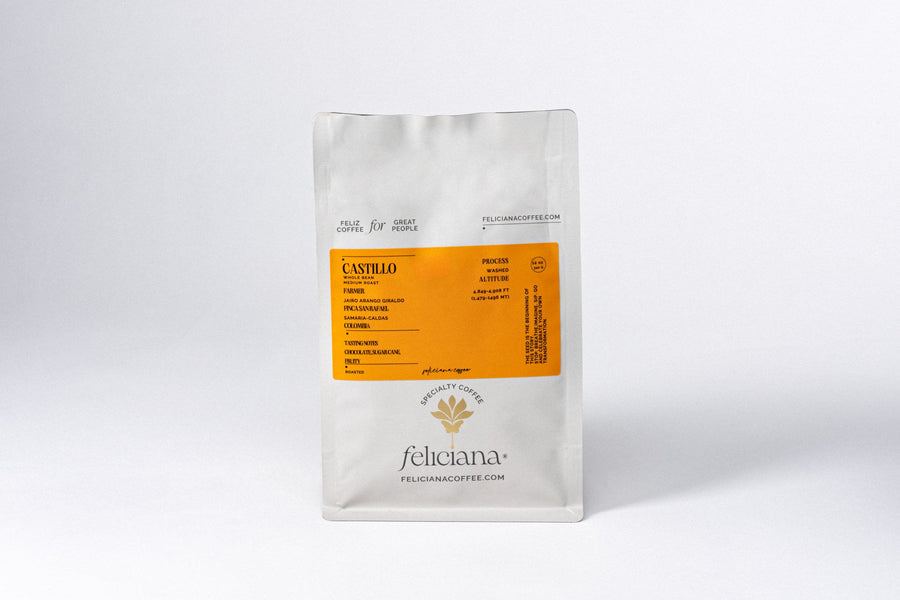
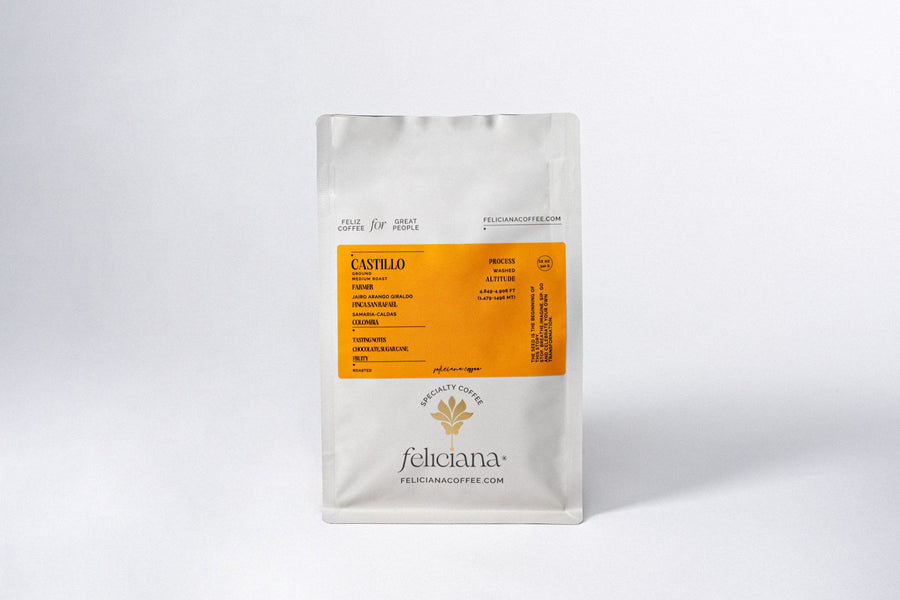
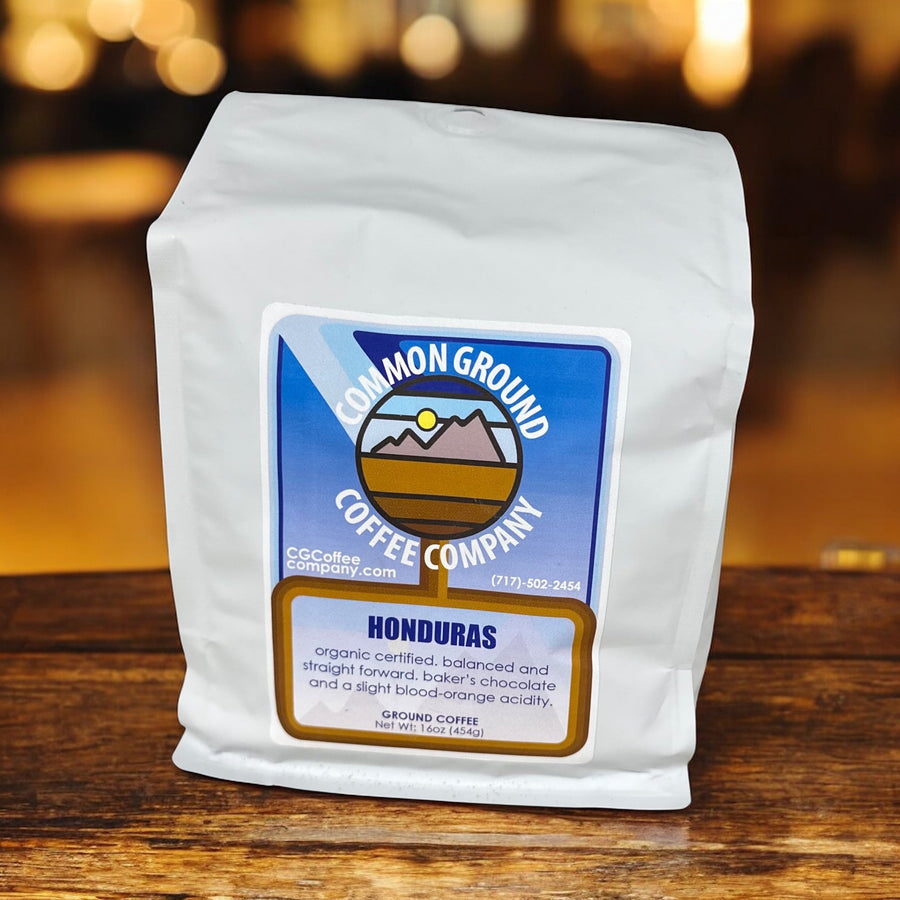
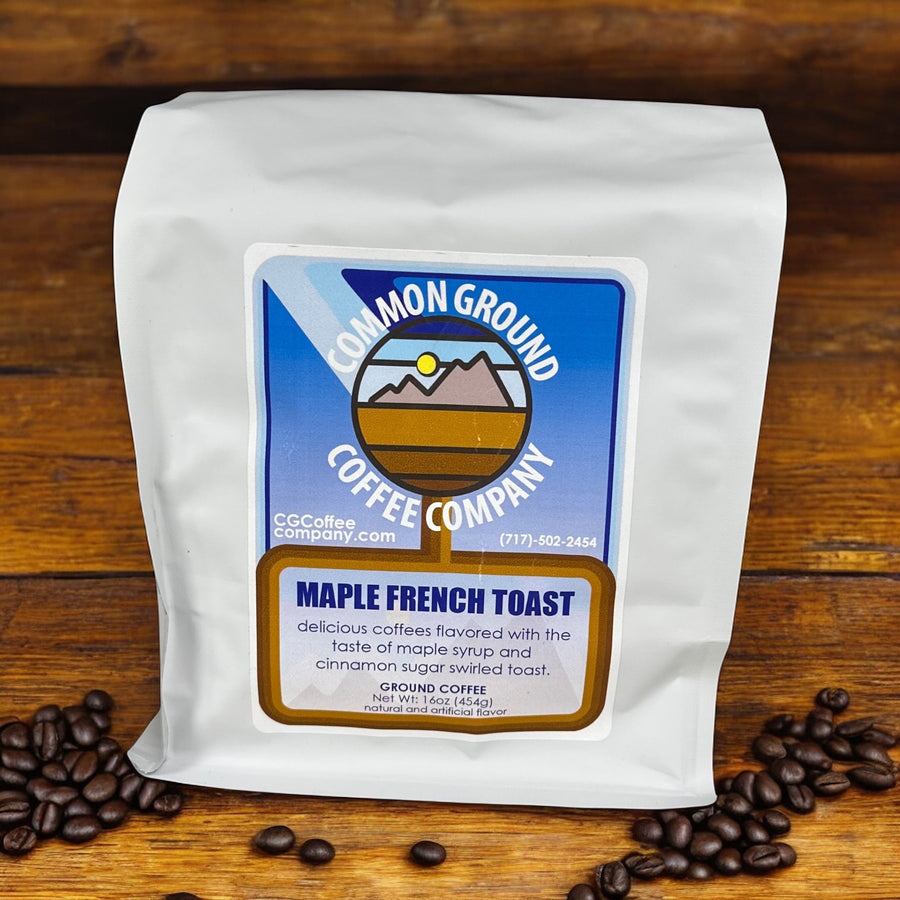
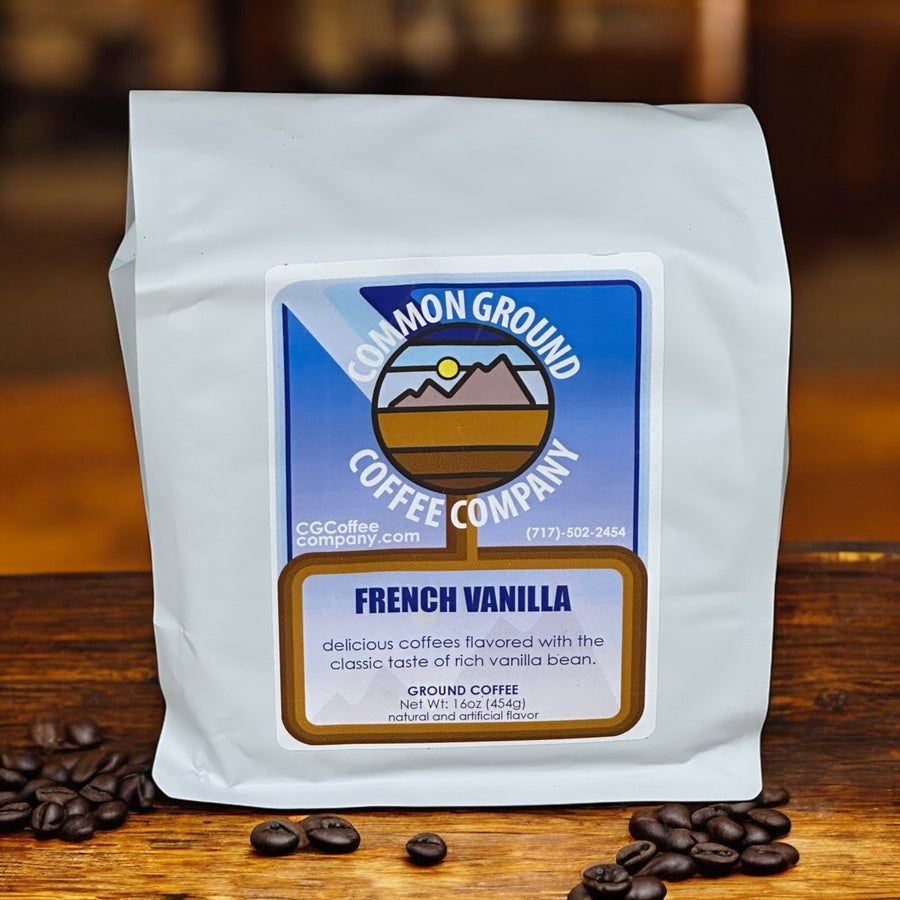
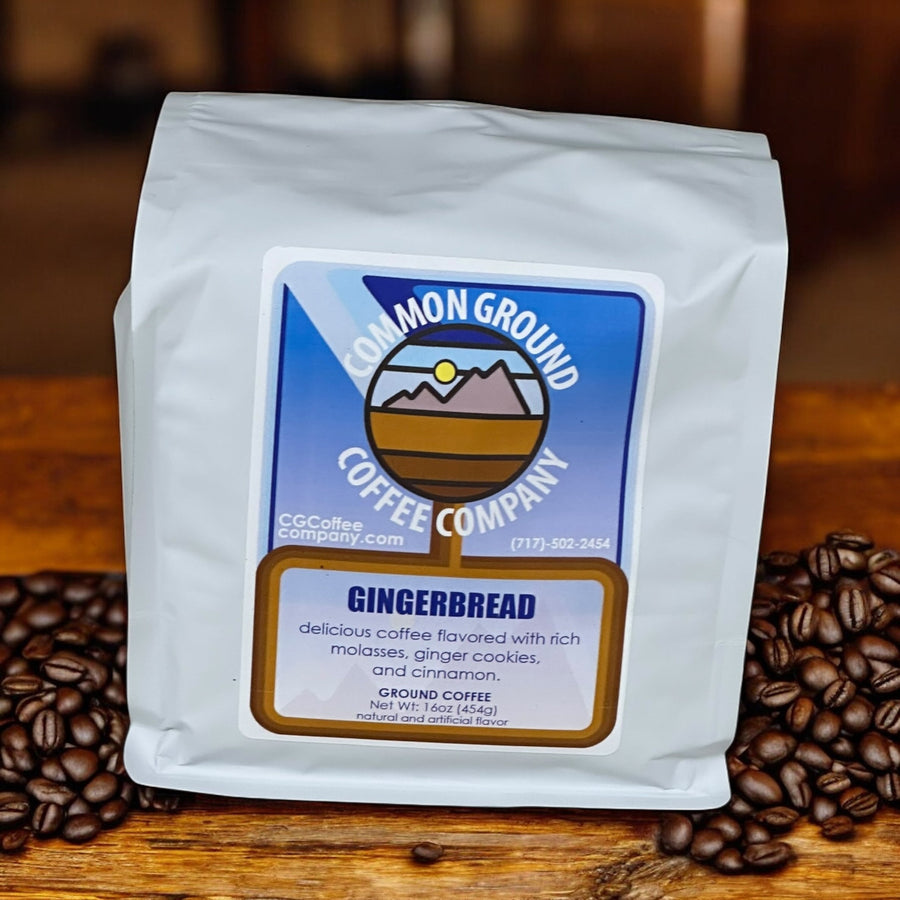
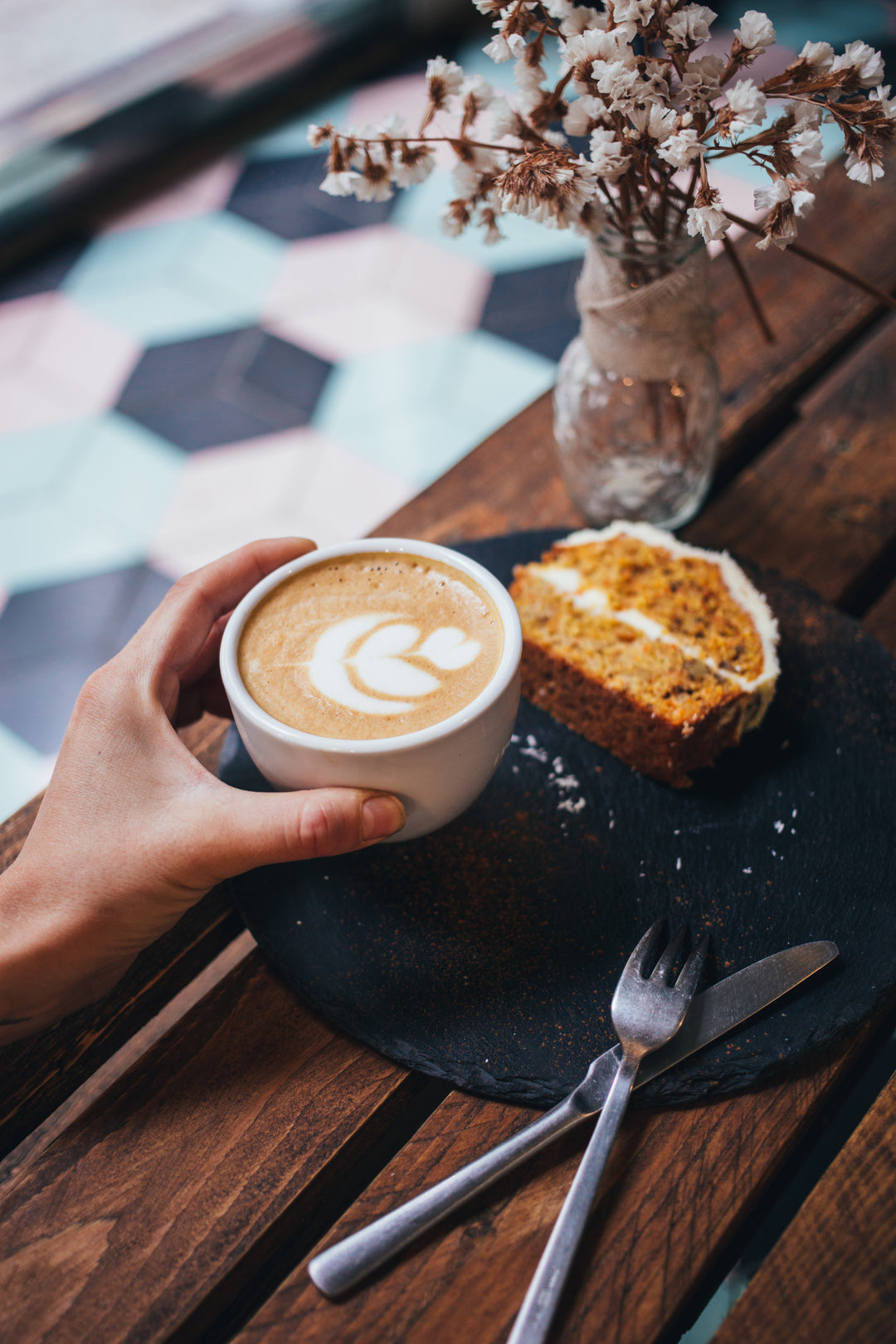
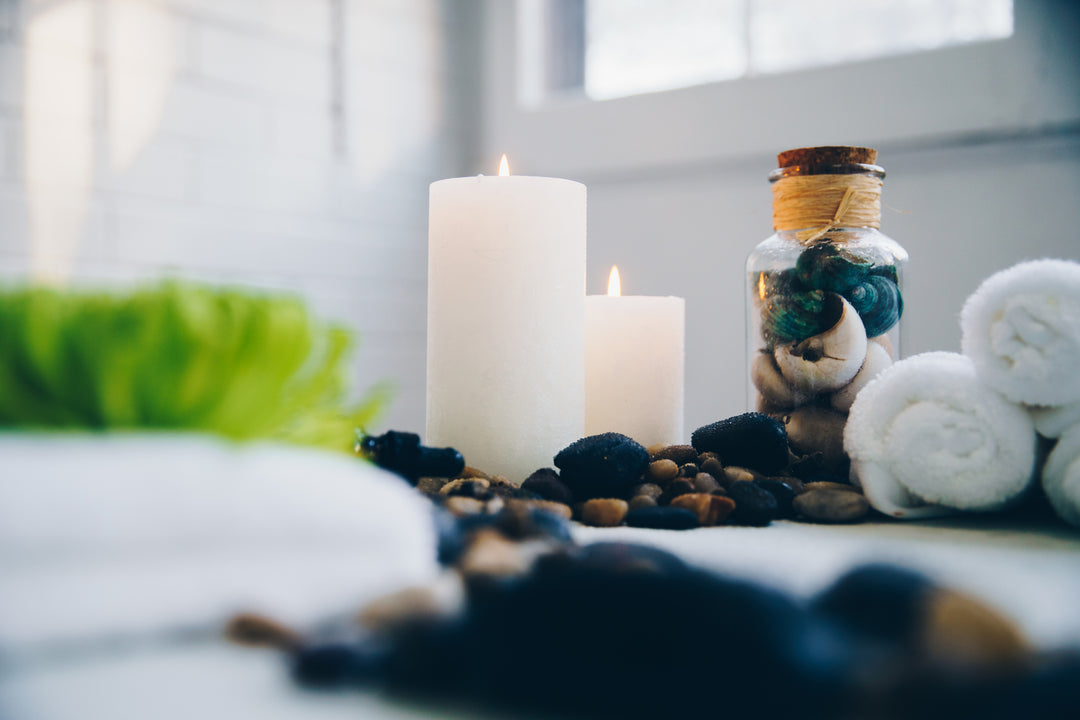

Leave a comment